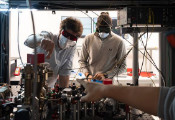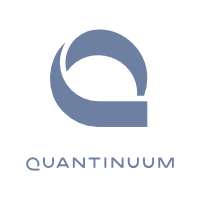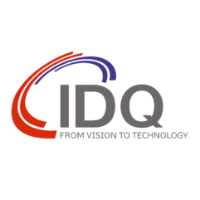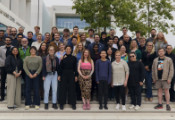Quantum Dot Technology Awarded Technical Assistance From Los Alamos National Laboratory Through New Mexico’s TRGR Initiative
LOS ALAMOS, N.M., November 20, 2024 -- UbiQD, Inc., the New Mexico-based leader in quantum dot (QD) technology and manufacturing, announced today a new technology assistance award with Los Alamos National Laboratory (LANL) under the Technology Readiness Gross Receipts (TRGR) Initiative. This collaboration focuses on leveraging the lab's Nanotechnology and Advanced Spectroscopy Team capabilities, led by LANL fellow Victor Klimov, to advance UbiQD's R&D on near-infrared (NIR) emitting QDs, specifically for applications in solar energy.
The state-funded TRGR program enables New Mexico businesses the opportunity to work directly with scientists and engineers at Los Alamos and Sandia National Laboratories. The goal is to advance technologies licensed from or developed in collaboration with the laboratories, moving them to market-ready products.
"We're honored and grateful to have been selected for support via the New Mexico Technology Readiness Initiative," said Hunter McDaniel, UbiQD Founder and CEO. "This collaboration with the Klimov Group is going to help us accelerate deployment of a LANL-licensed technology for the benefit of the U.S. solar industry."
With nearly a decade of experience developing QD technology across a range of emission colors, UbiQD aims to further enhance fluorescence properties, particularly in the NIR portion of the spectrum. These improvements are essential in aligning light emission with the spectral response of end users.
"Ultrafast spectroscopic techniques, such as transient absorption and time-resolved photoluminescence, as well as single dot measurements, provide us with insights into the photophysical properties of these nanomaterials," noted Nikolay Makarov, Senior VP of R&D at UbiQD. "These techniques are complex and hard to develop, making them unavailable in the private sector."
The successful outcome of this collaboration will help bolster UbiQD's position in the nanotechnology industry and enhance the marketability of its products. Improved brightness, linewidth, and absorption strength are all potential benefits of the program.




































